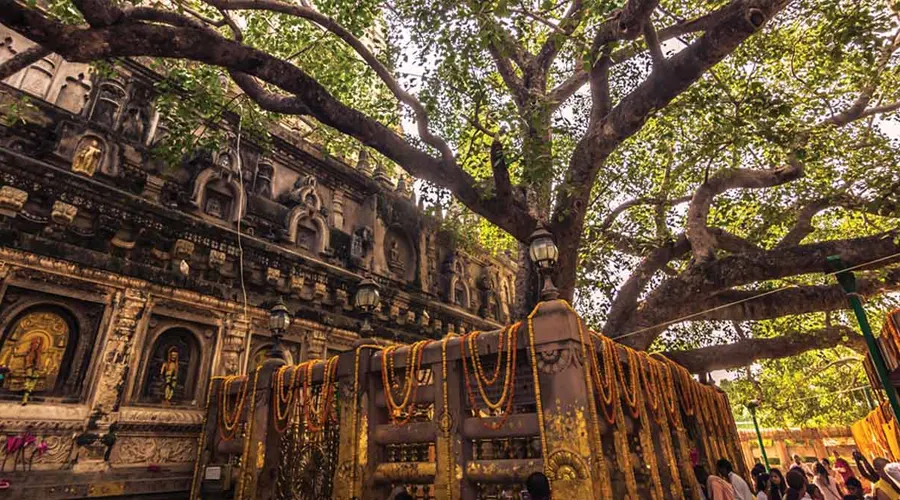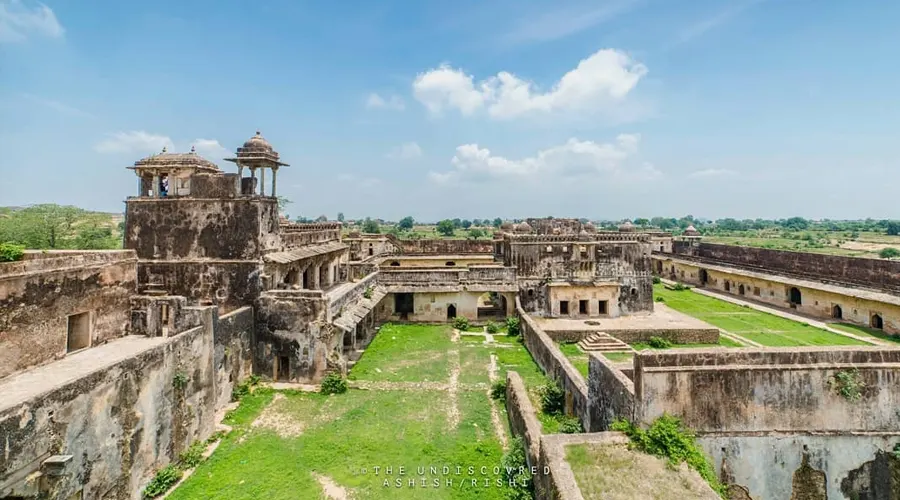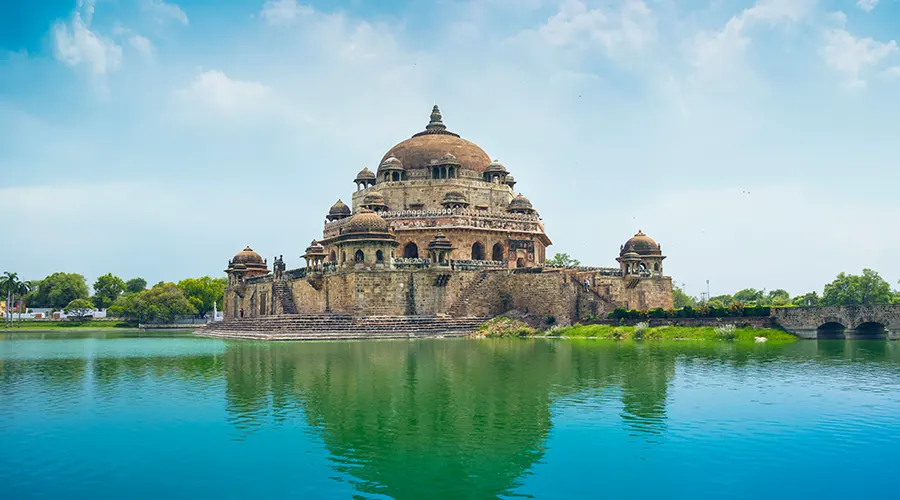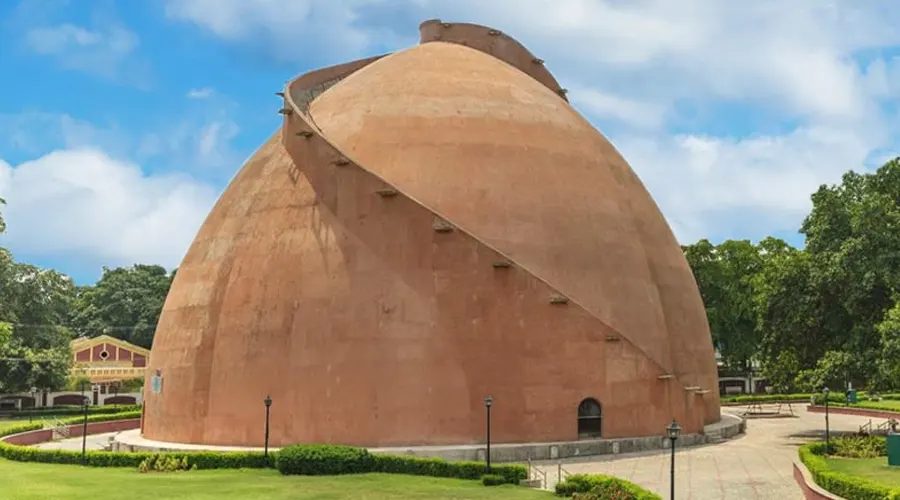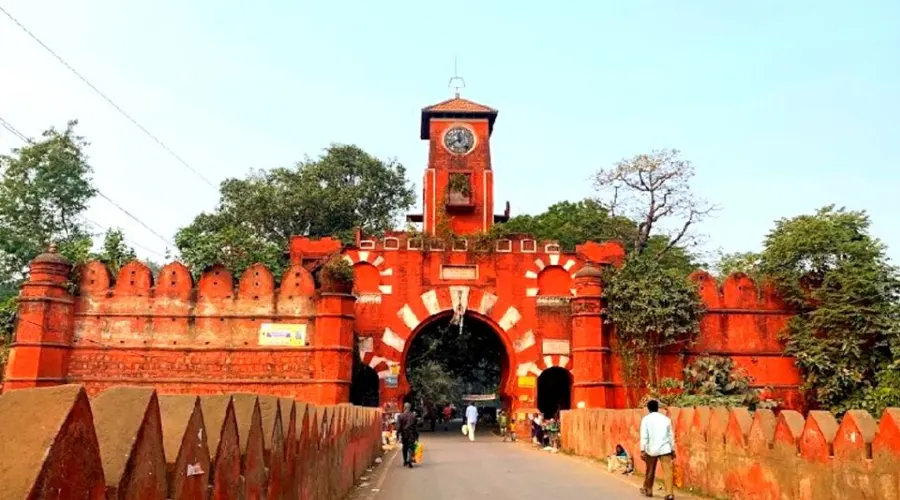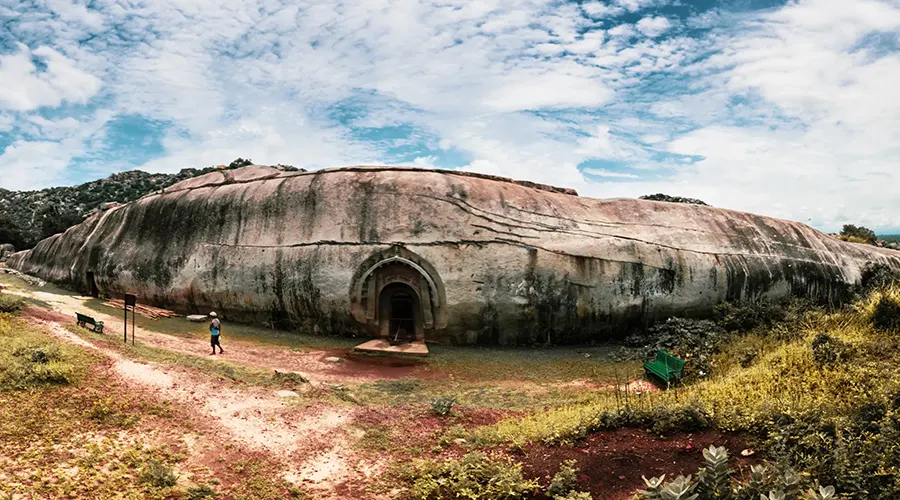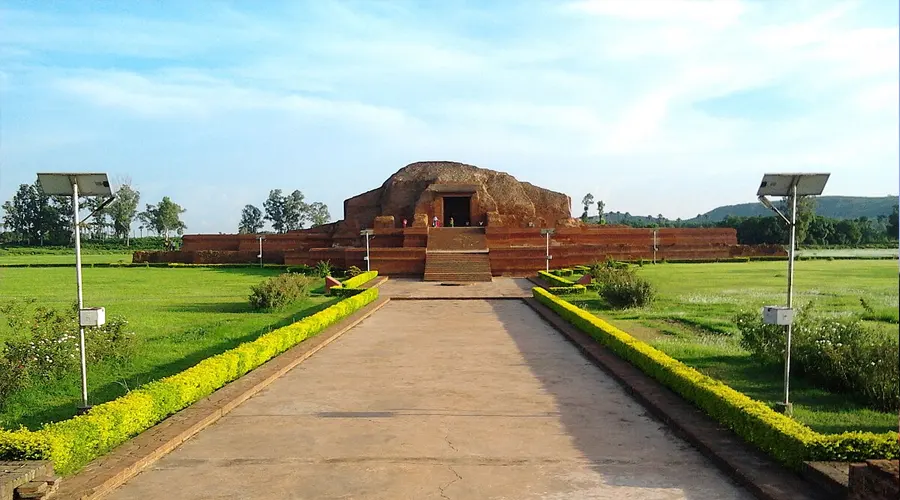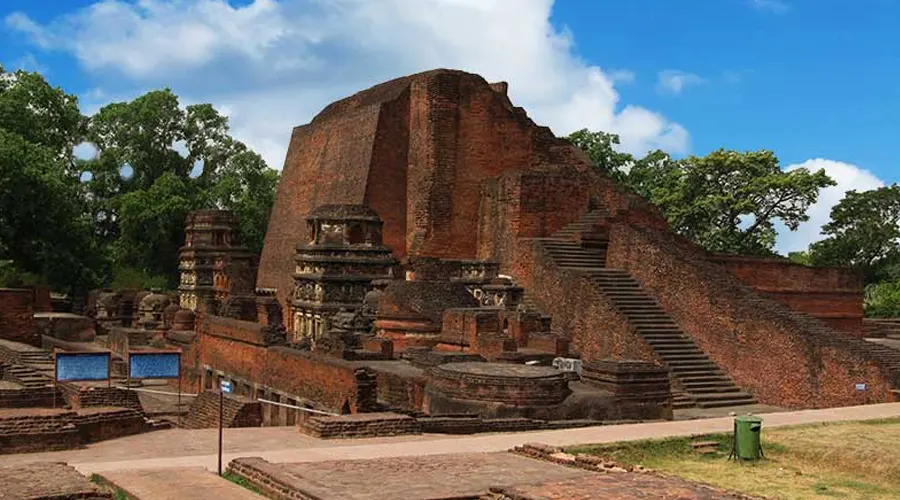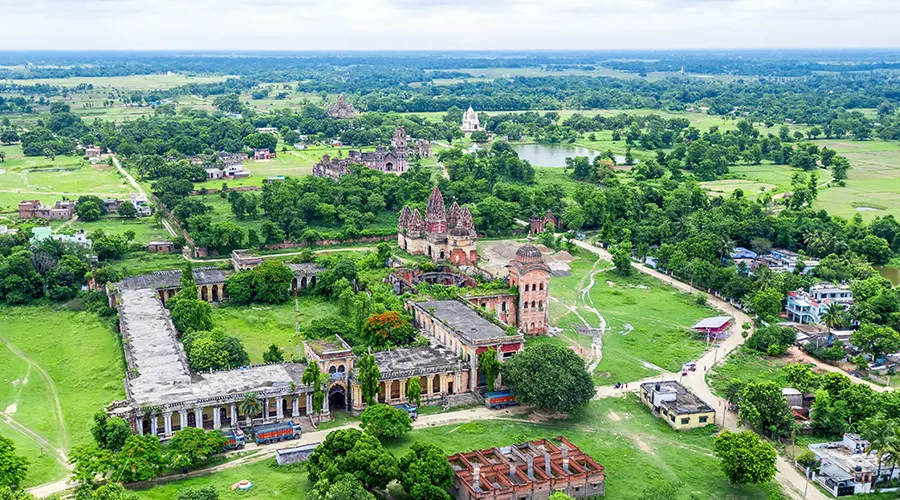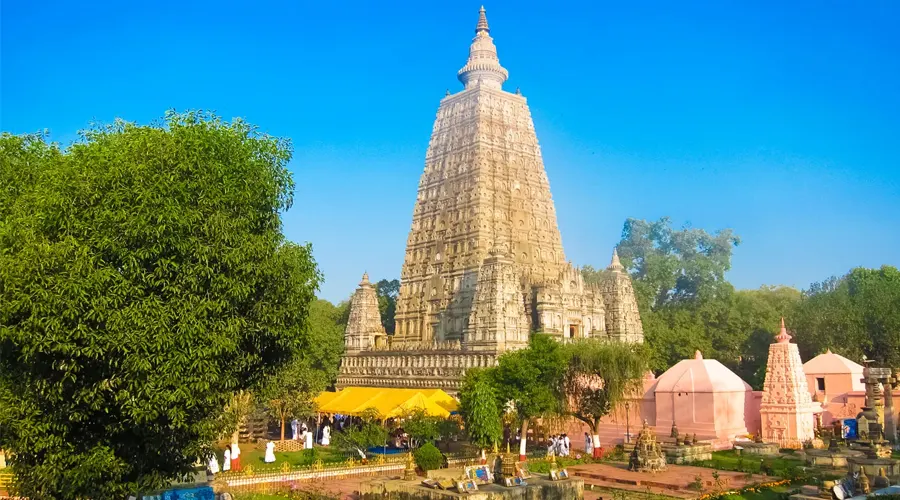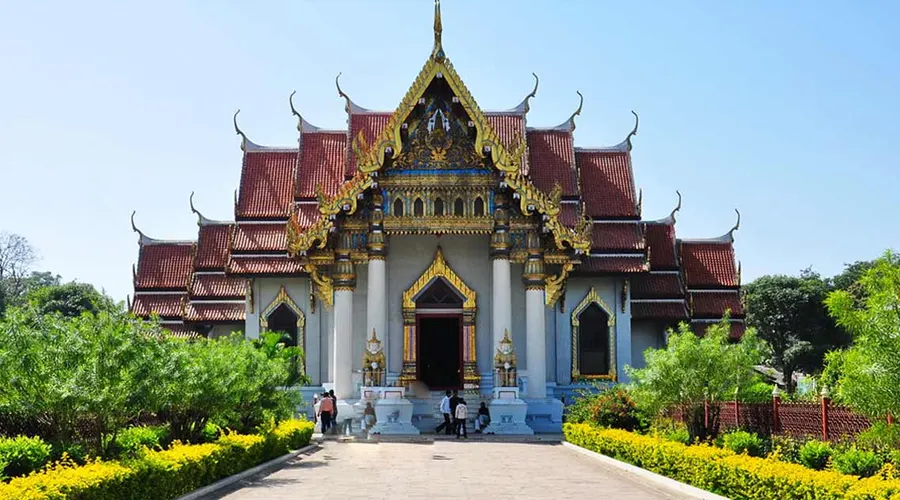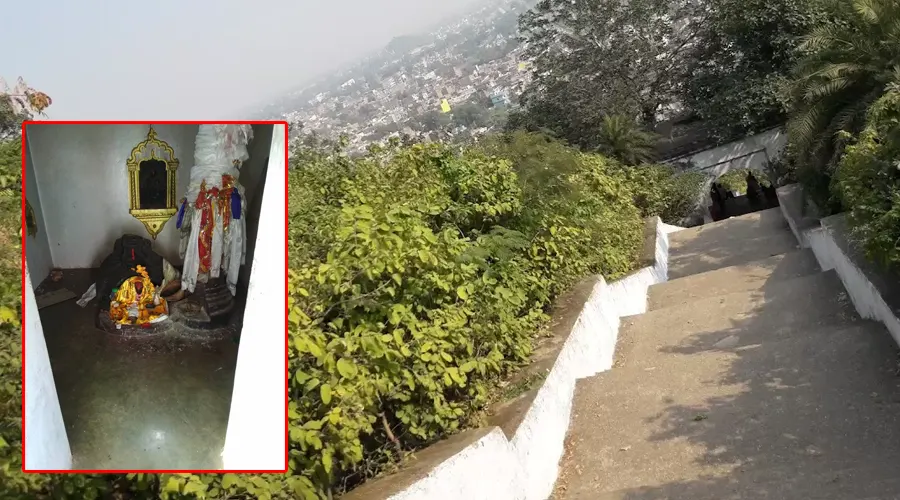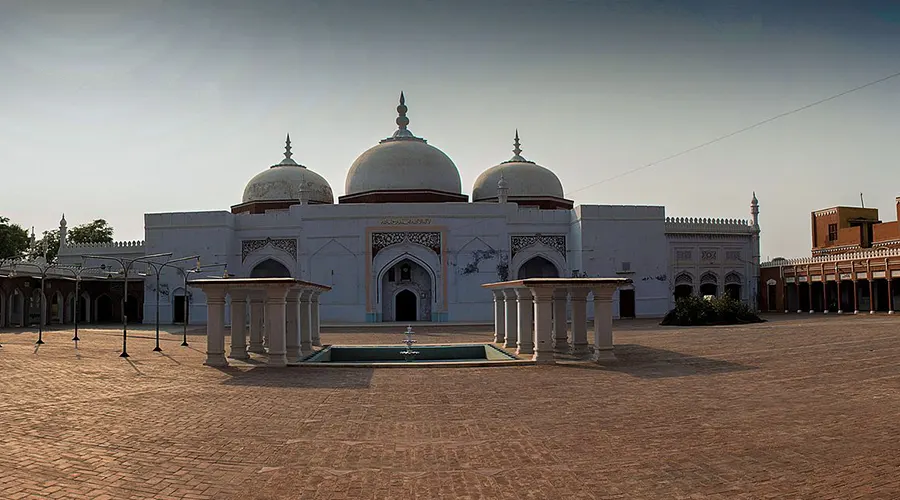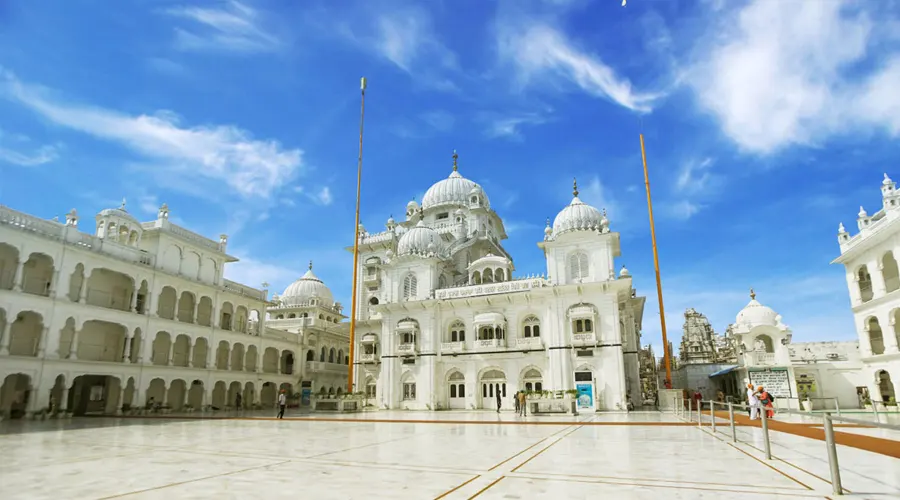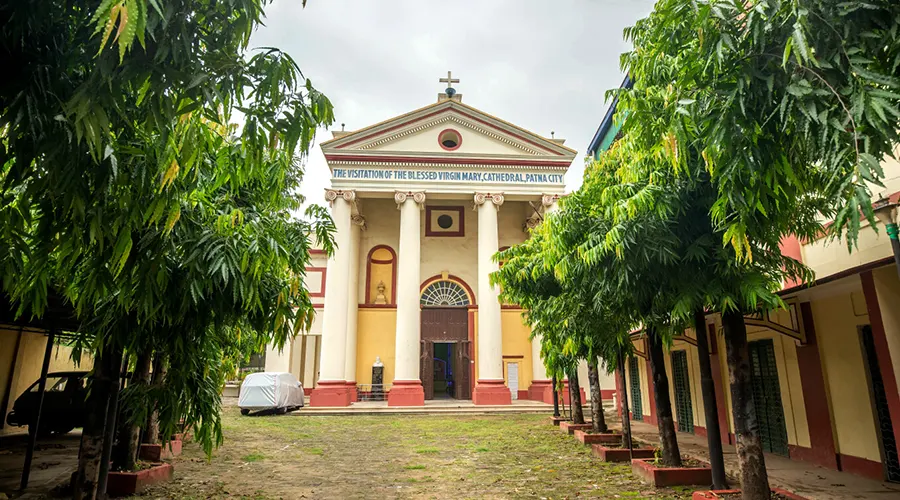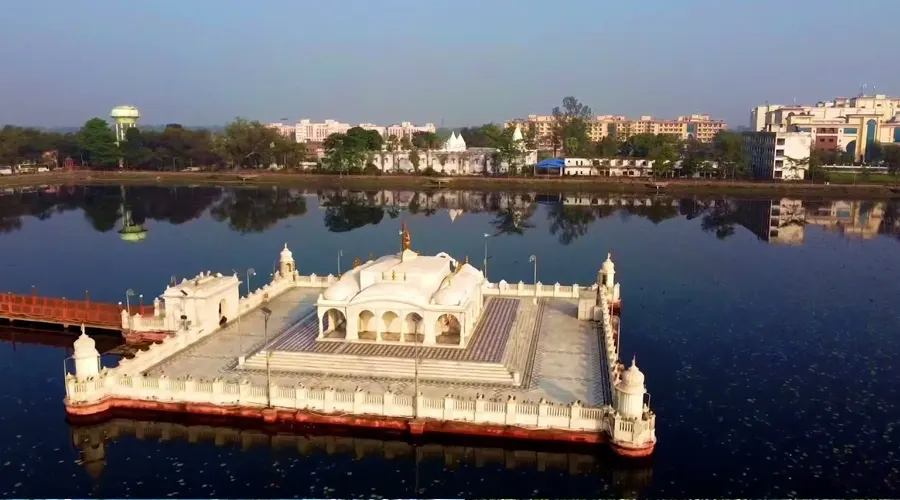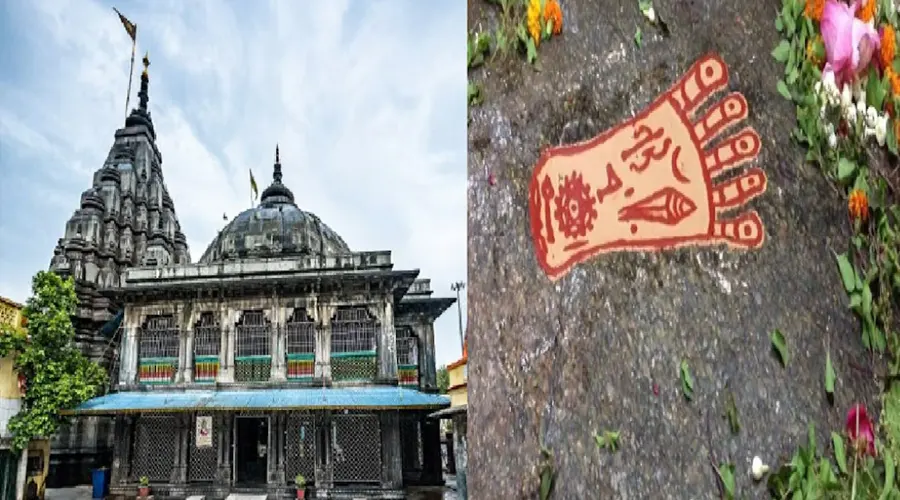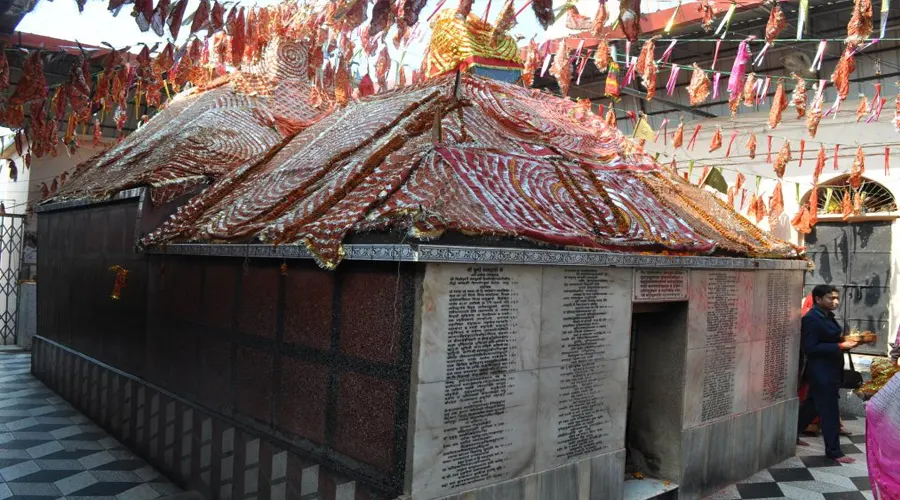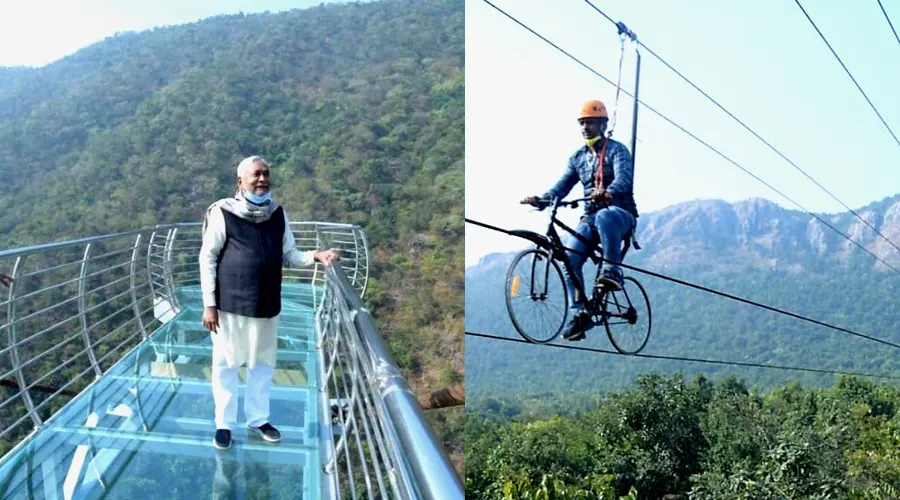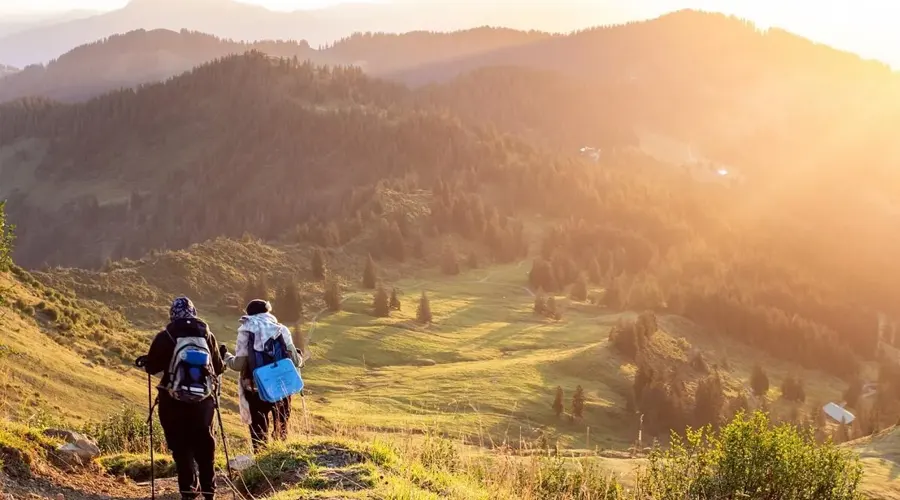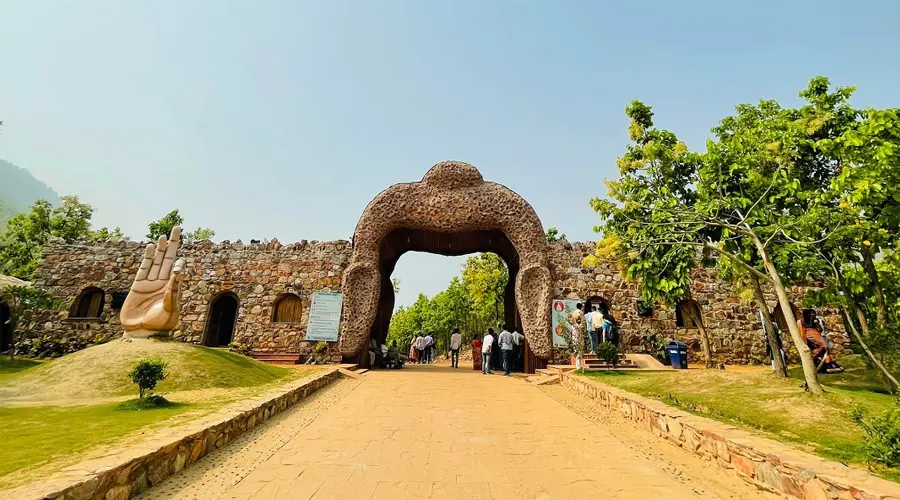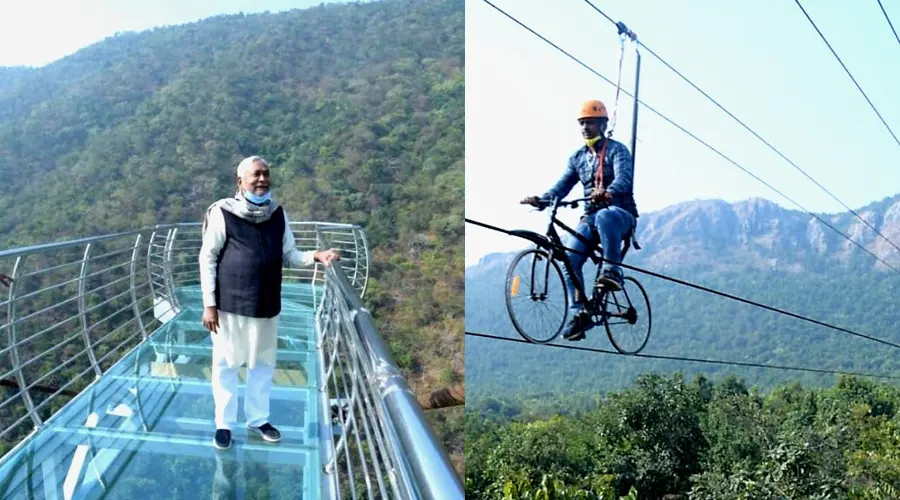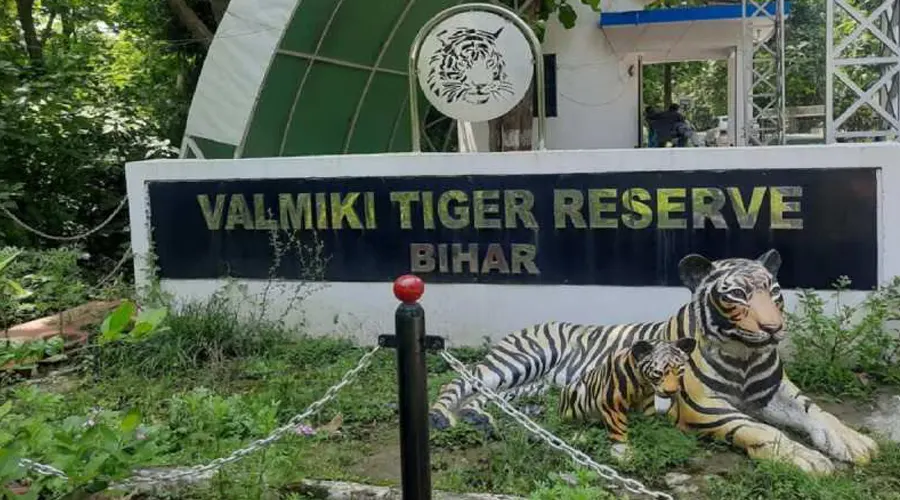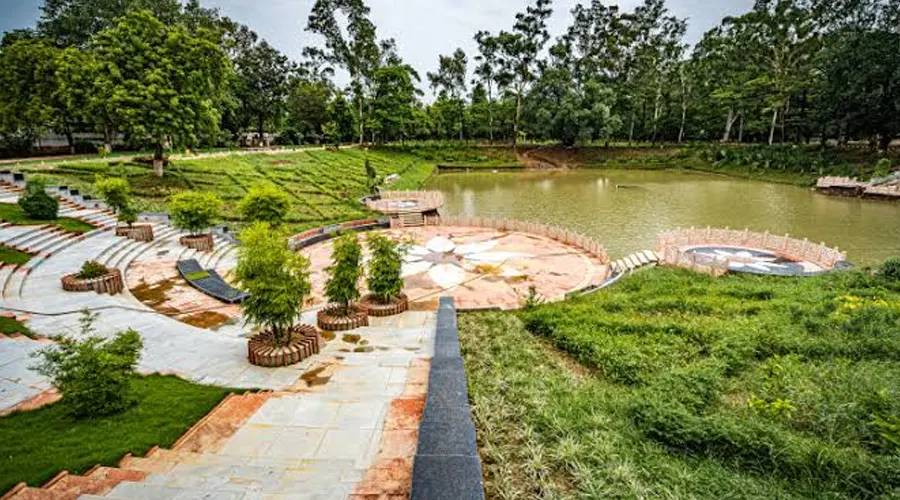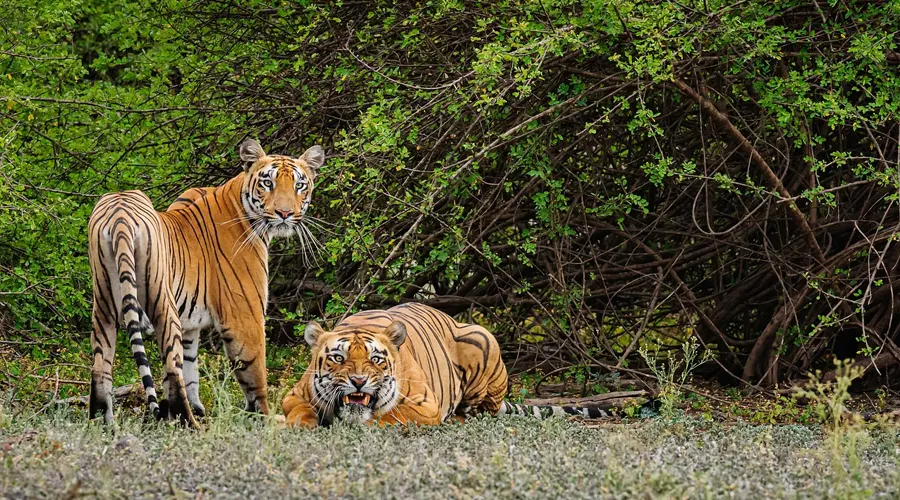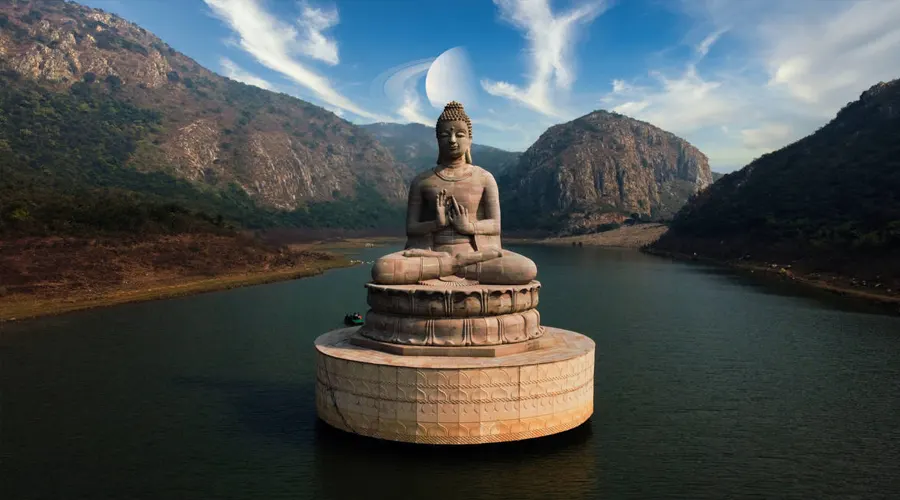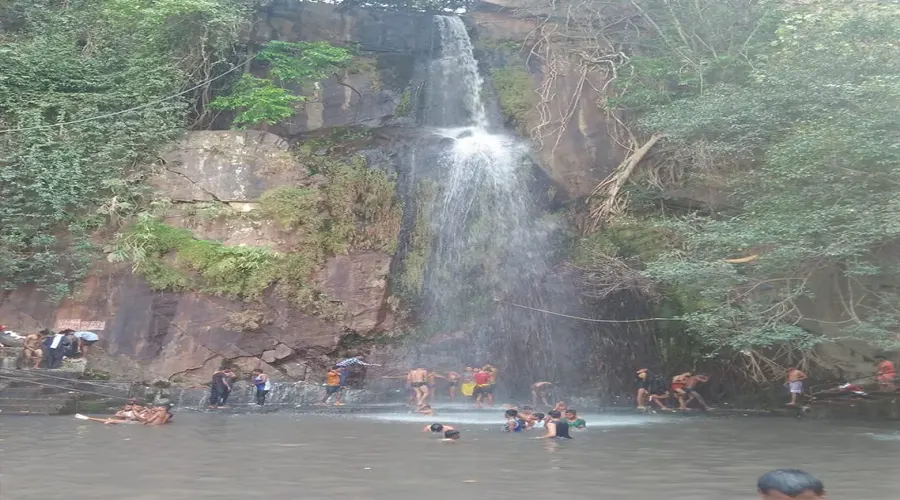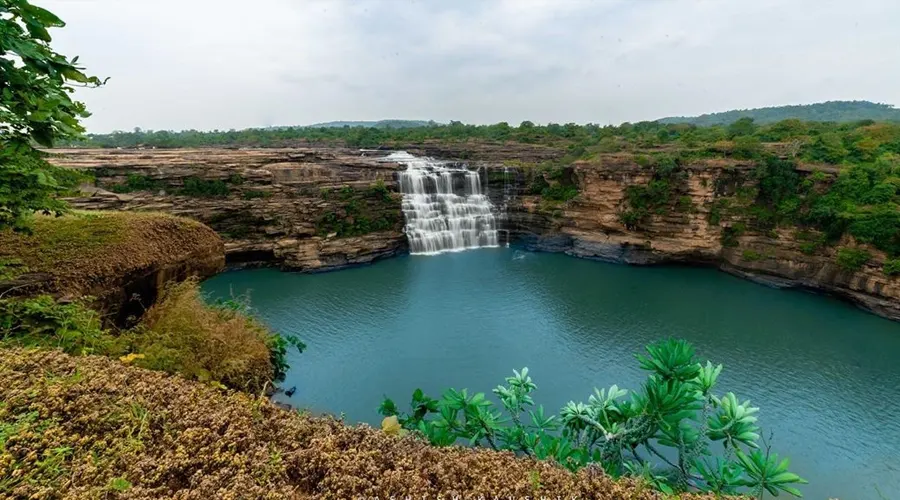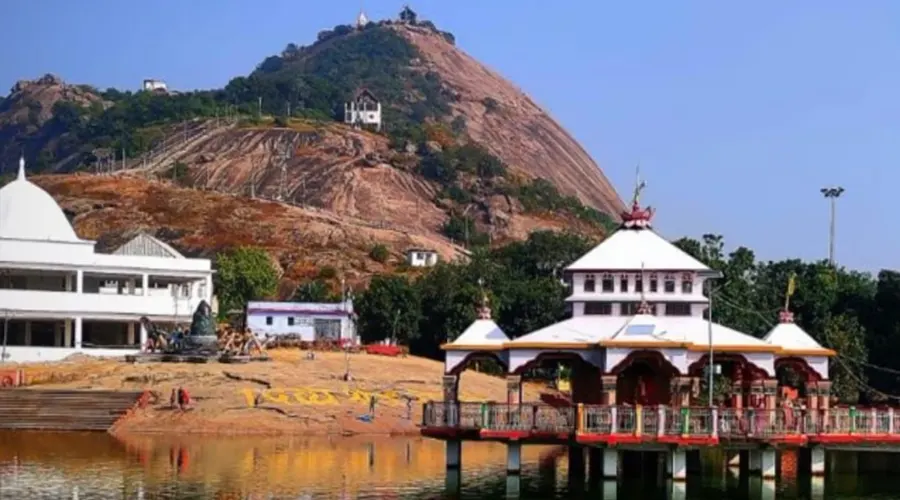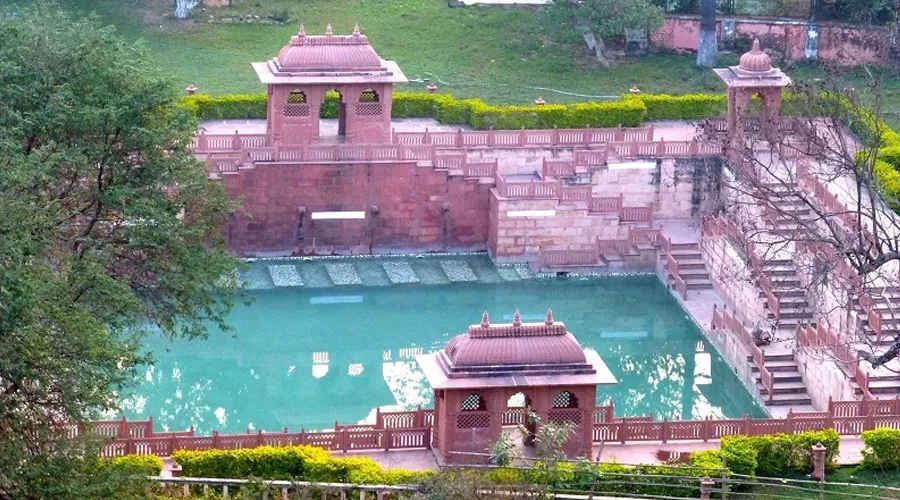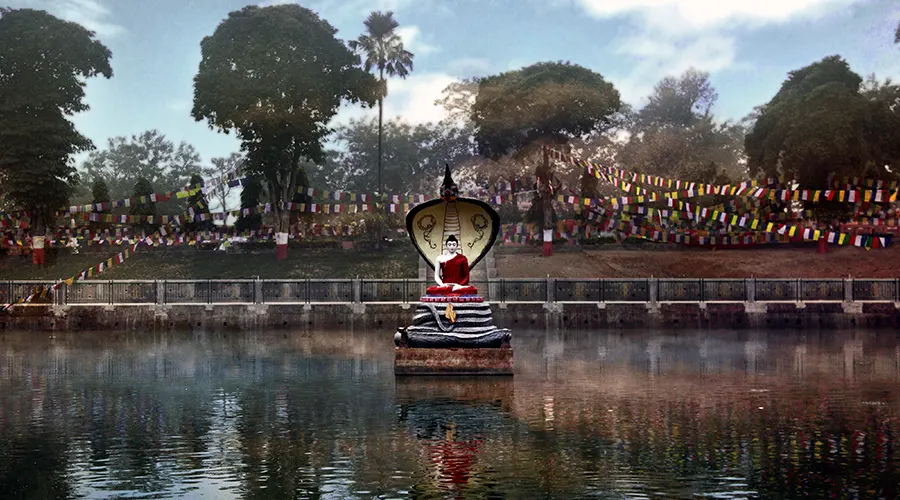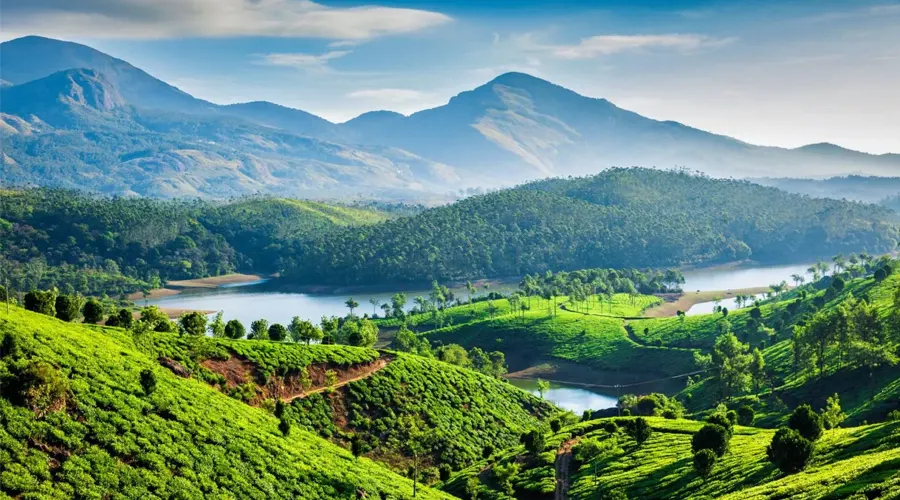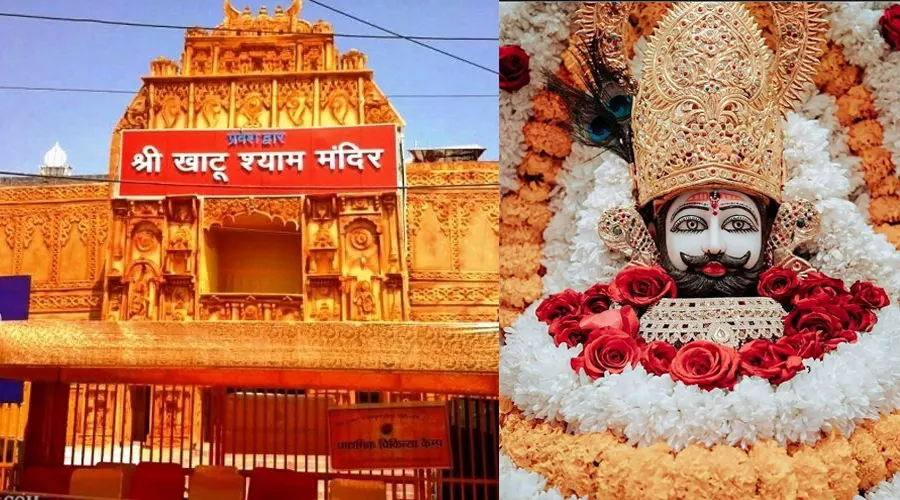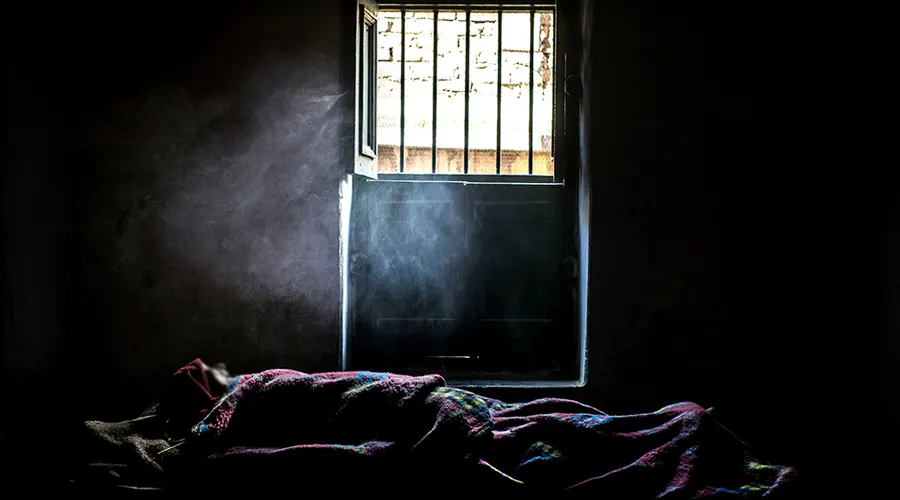Explore the Legacy of Bihar: A Land of Rich History, Culture, and Spirituality
Bihar, a state located in the heart of India, is a land of rich history, spirituality, and vibrant culture. From the ancient ruins of Nalanda to the spiritual significance of Bodh Gaya, Bihar offers a unique blend of heritage, natural beauty, and modern development. Whether you are a history buff, a pilgrim, or an adventure seeker, Bihar has something special to offer. In this travel blog, we’ll guide you through the top attractions and experiences in Bihar, highlighting the best places to visit and things to do for a memorable trip.
History of Bihar: From Ancient Glory to Modern Transformation
Bihar, located in the eastern part of India, boasts one of the oldest and most significant histories in the country. The state has been a cradle of civilization, spiritual thought, and political power, from ancient empires to modern times. With its deep-rooted cultural and historical legacy, Bihar has played a pivotal role in shaping India's religious, political, and cultural landscape.
Ancient Bihar: The Cradle of Indian Civilization
Bihar’s history dates back to the Indus Valley Civilization, as evidence of early settlements has been discovered in places like Bhagalpur and Munger. However, the state’s prominence truly began with the rise of ancient Indian kingdoms and empires.
- Magadh Empire – Bihar was the heart of the powerful Magadh empire, which flourished around 600 BCE. This region was home to several great dynasties, including the Maurya Dynasty and Gupta Dynasty. The Mauryan Emperor Ashoka, one of India’s most famous rulers, promoted the spread of Buddhism across Asia after his conversion to the religion following the Kalinga War.
- Buddhism and Jainism – Bihar holds immense spiritual importance, as it was the birthplace of Buddhism. The historical town of Bodh Gaya, located in Bihar, is where Gautama Buddha attained enlightenment under the Bodhi Tree. The state is also associated with Jainism, as Mahavir, the 24th Tirthankara, was born in Vaishali, Bihar.
- The Mauryan and Gupta Periods – Under the Mauryan Empire, Pataliputra (modern-day Patna) became the capital and one of the greatest cities of ancient India. During the Gupta Empire, Bihar was a hub of learning, art, and culture, with Nalanda University emerging as one of the world’s first residential universities.
Medieval Bihar: Power Struggles and Religious Movements
Bihar continued to play an important role during medieval times, though it faced invasions and internal political shifts.
- The Muslim Invasions – During the medieval period, Bihar was subjected to a series of invasions, first by the Delhi Sultanate and later by the Mughal Empire. Under Sher Shah Suri, a ruler from Bihar, the state saw significant administrative reforms, including the introduction of the Sur Empire in the 16th century. Sher Shah Suri’s reign is particularly remembered for his extensive infrastructure projects, such as the construction of the Grand Trunk Road, which remains one of India’s busiest highways.
- Vijayanagar and the Sultanates – The region also witnessed battles between various sultanates. The Vijayanagar Empire, though primarily located in the south, had influence in Bihar during certain periods, and there were constant power struggles for dominance between the various regional kingdoms.
Colonial Bihar: A Changing Landscape
Bihar came under British colonial rule in the 18th century and experienced major political and social changes during this period.
- British Rule – During British colonial rule, Bihar was primarily an agricultural region, but it also became an important area for trade and commerce. The British built several roads and railways connecting Bihar to the rest of India. The state was heavily involved in the Bengal Famine of 1943, which left a lasting impact on the region.
- Revolts and Uprisings – Bihar was a center of rebellion during the Indian Rebellion of 1857, with many locals fighting against British oppression. Prominent leaders like Kunwar Singh from Jagdispur became symbols of resistance, though the uprising was eventually suppressed by the British.
Post-Independence Bihar: Struggling for Development
After India gained independence in 1947, Bihar became a state within the Indian Union, but it struggled with economic and social development due to several challenges.
- Economic Challenges – Despite its rich resources, Bihar remained economically underdeveloped for much of the 20th century. The region faced a lack of industrial growth, poor infrastructure, and widespread poverty. The state’s agricultural economy relied heavily on traditional methods and had limited modern technological support.
- Political Shifts – Over the years, Bihar witnessed major political shifts, with Bihar’s political landscape dominated by various regional parties. Leaders like Karpoori Thakur and Lalu Prasad Yadav emerged as prominent figures, and issues like caste-based politics and social justice became central to the state’s politics.
- Development and Reforms – In the 21st century, Bihar has seen some significant development, with improvements in education, healthcare, and infrastructure. The state has also witnessed a rise in tourism, with historical landmarks, Buddhist heritage sites, and vibrant festivals becoming key attractions.
Why Visit Bihar?
Bihar is often overshadowed by its more popular neighbors, but this underrated gem is a treasure trove of ancient culture, historical landmarks, and spiritual sanctuaries. The state is home to several UNESCO World Heritage Sites, vibrant festivals, and mouth-watering cuisines that are sure to make your trip unforgettable.
Top Highlights of Bihar: Explore Heritage, Spirituality, and Timeless Traditions
Bodh Gaya – The Spiritual Heart of Buddhism
Bodh Gaya stands as one of the most sacred pilgrimage destinations for Buddhists worldwide. It is here, beneath the revered Bodhi Tree, that Lord Buddha attained enlightenment. The Mahabodhi Temple, a UNESCO World Heritage Site, serves as the focal point of this holy place, offering a serene blend of spiritual tranquility and stunning architectural beauty. Each year, thousands of pilgrims from across the globe visit Bodh Gaya, making it an ideal sanctuary for those seeking peace, introspection, and spiritual renewal.
Nalanda – Ancient Seat of Learning
A must-visit for history enthusiasts, Nalanda was once a thriving center of learning during the Gupta period. The ruins of Nalanda University are among the most significant archaeological sites in India. Explore the ancient monasteries, libraries, and temples to get a glimpse of India’s educational heritage. The Nalanda Archaeological Museum further enriches the experience with relics and artifacts from this scholarly hub.
Patna – The Vibrant Capital of Bihar
Patna, the state capital, is a bustling city with a mix of modernity and ancient culture. Visit the Golghar, a historic granary, or explore the Patna Sahib Gurudwara, one of the holiest sites for Sikhs. The Patna Museum offers a fascinating collection of historical and cultural exhibits, including the famous Patna Mica. For nature lovers, a boat ride on the Ganges River at sunset is an unforgettable experience.
Vaishali – Birthplace of Democracy
Vaishali holds immense significance in both historical and religious contexts. It was here that Lord Mahavir, the 24th Tirthankara of Jainism, was born. The ruins of Vaishali include ancient temples, stupas, and inscriptions that showcase the early democratic system that existed in the region. The Vaishali Stupa and Abhishek Pushkarini are key attractions that highlight the region’s deep spiritual roots.
Rajgir – The Land of Hot Springs and Buddhist Monuments
Situated amidst lush hills, Rajgir is another gem in Bihar. This ancient city was once the capital of the Magadh kingdom and holds significant Buddhist, Jain, and Hindu heritage. Visit the Vishwa Shanti Stupa, Rajgir Hot Springs, and Brahmayoni Hill for a rejuvenating experience. The Jain temples perched atop hills offer panoramic views of the surrounding countryside.
Munger – A Quiet Retreat for Nature Lovers
Munger, located along the Ganges River, is known for its scenic beauty and spiritual significance. The Munger Fort and Siddheshwar Nath Temple are some of the main attractions here. Munger is also famous for its historical association with martial arts. The city offers an ideal escape for travelers looking to relax, meditate, or practice yoga.
Festivals and Culture in Bihar: A Celebration of Tradition, Faith, and Heritage
Bihar is a land where ancient traditions, religious practices, and vibrant festivals come together to create a rich cultural tapestry. With its deep historical roots and spiritual significance, Bihar is not only the birthplace of several major religions like Buddhism but also home to numerous festivals that celebrate its diverse communities and traditions. Whether you're visiting the temples of Bodh Gaya, the ghats of Patna, or the tribal heartlands of Saharsa, Bihar offers an authentic cultural experience through its festivals and customs.
Religious Festivals: A Spiritual Journey
Bihar is deeply rooted in religious traditions, and its festivals are a reflection of its faith and spirituality.
- Chhath Puja – The most significant festival in Bihar, Chhath Puja is dedicated to the Sun God and is celebrated with great fervor along the banks of rivers. Devotees fast and offer prayers at sunrise and sunset, making it a spiritually enriching experience.
- Makar Sankranti – Celebrated with kite flying, bonfires, and traditional sweets like tilkut (sesame and jaggery) and khichdi, Makar Sankranti marks the transition of the Sun into Capricorn and is widely observed across Bihar.
- Buddha Jayanti – Bihar is the birthplace of Lord Buddha, and Buddha Jayanti is celebrated with grand processions, prayers, and cultural events in Bodh Gaya, where Lord Buddha attained enlightenment.
- Diwali and Holi – These pan-Indian festivals also hold special significance in Bihar, with elaborate celebrations featuring traditional sweets, colorful attire, and social gatherings.
Cultural Traditions: Music, Dance, and Art
Bihar has a vibrant cultural scene that includes dance forms, folk music, and craftsmanship. Some of the cultural traditions that thrive in Bihar are:
- Bihar Folk Music – The Bihar folk music scene is rich with traditional instruments like the dholak, bansuri, and shehnai. Local songs like "Bihar ke Lajawaab Geet" are sung during festivals and social events, often telling stories of love, heroism, and faith.
- Madhubani Art – Madhubani painting, which originated in the Mithila region of Bihar, is world-famous. These paintings, created using natural dyes and pigments, often depict religious themes, folklore, and nature.
- Sursari Dance – One of the famous folk dances of Bihar, Sursari is performed by women during religious events and festivals, especially in rural areas. It is a vibrant and colorful dance that signifies fertility and prosperity.
- Puja Rituals and Vedic Traditions – Bihar is known for its deeply ingrained Vedic traditions. Navratri, Durga Puja, and Shivaratri are celebrated with grand processions, temple visits, and rituals that date back centuries
Local Festivals and Events
Beyond religious observances, Bihar has a variety of local festivals that celebrate its cultural diversity and community life.
- Saharsa Mela – A famous fair held in Saharsa district, showcasing traditional handicrafts, local cuisine, and tribal culture, attracting people from nearby regions.
- Patna Sahib Gurudwara Festival – Patna, the birthplace of Guru Gobind Singh, hosts a major festival every year to honor the Sikh Guru, with prayers, kirtans (devotional singing), and community service.
- Rajgir Mahotsav – Held in the historic town of Rajgir, this cultural festival brings together folk music, dance, and the Buddhist heritage of the region. It is an excellent way to experience Bihar’s deep cultural roots while enjoying performances by local artists.
Cultural Significance and Heritage Sites
Bihar’s festivals and culture are intertwined with its heritage, and the state is home to several UNESCO World Heritage sites, temples, and ancient ruins. These include:
- Nalanda University – One of the oldest residential universities in the world, Nalanda was a center of learning and intellectual exchange during the Gupta period.
- Bodh Gaya – The site where Lord Buddha attained enlightenment, Bodh Gaya attracts pilgrims and tourists alike, with the iconic Mahabodhi Temple being the focal point.
- Patna Sahib Gurudwara – This sacred site is the birthplace of Guru Gobind Singh, and pilgrims visit to pay respects and immerse themselves in its history.
Cuisine of Bihar: A Blend of Tradition and Flavors
Bihar’s cuisine is as diverse and rich as its culture. With a variety of influences from ancient traditions, local ingredients, and regional spices, the food of Bihar is characterized by its simplicity, authenticity, and hearty flavors. The cuisine of Bihar showcases the essence of rural Indian cooking, with an emphasis on fresh ingredients, seasonal vegetables, and staple grains like rice, wheat, and lentils.
Staples and Ingredients
The primary ingredients used in Bihari cuisine include rice, dal (lentils), wheat, maize, and millets, reflecting the state’s agricultural roots. Vegetables such as potatoes, cauliflower, spinach, and pumpkin feature prominently in dishes, along with locally sourced ingredients like tamarind, mustard oil, and a wide variety of fresh herbs and spices.
Signature Dishes of Bihar
- Litti Chokha – Undoubtedly the most iconic dish of Bihar, Litti Chokha is a hearty meal consisting of litti, a round wheat flour dough ball stuffed with roasted gram flour (sattu), and chokha, a mashed mixture of roasted vegetables like eggplant, tomato, and potatoes. This traditional dish is usually served with ghee and a spicy chutney, often enjoyed as a fulfilling breakfast or lunch.
- Sattu Paratha – Made from roasted gram flour (sattu), this paratha is stuffed with a flavorful mix of sattu, mustard oil, and spices. It is typically eaten with curd or pickle, offering a savory and satisfying meal.
- Bihari Kebabs – Known for its rich and smoky flavors, Bihari kebabs are made from marinated mutton or chicken, slow-cooked to perfection. The marinade, which often includes yogurt, ginger, garlic, and spices, imparts a unique taste to the meat, making it a popular delicacy during festivals and special occasions.
- Chana Ghugni – A popular street food in Bihar, chana ghugni is a spicy and tangy chickpea curry, typically served with puri (fried bread) or chawal (rice). It is a tasty and satisfying dish that combines the flavors of mustard oil, ginger, and garlic with a blend of aromatic spices.
- Khichdi – A simple but wholesome dish made from rice and lentils, khichdi is often eaten during the winter months and is a comfort food in Bihar. It is usually served with a dollop of ghee, yogurt, or pickle.
- Dal Pitha – Dal Pitha is a traditional Bihari dish made from rice flour dough stuffed with a spicy filling of lentils, mustard oil, and spices. It is steamed or fried and served with chutney or curd.
- Thekua – A popular snack and sweet dish, thekua is made from wheat flour, jaggery, and coconut, deep-fried to golden perfection. This sweet is traditionally prepared during festivals like Chhath Puja and is often consumed as a snack during tea time.
Sweets and Desserts
Bihar is known for its delicious sweets, which play a significant role during festivals and special occasions:
- Kesar Peda – A rich and aromatic sweet made from milk solids, sugar, and cardamom, flavored with saffron and garnished with dry fruits.
- Makhana Kheer – A traditional sweet dish made with makhana (fox nuts), milk, and sugar, served during religious occasions and festivals.
- Tilkut – A sesame and jaggery-based sweet, tilkut is especially popular during Makar Sankranti and is often enjoyed with roasted peanuts.
- Rabri – A creamy, thick dessert made from reduced milk, rabri is flavored with cardamom and saffron and often garnished with pistachios or almonds.
Beverages
Bihari cuisine also includes a variety of traditional drinks that are refreshing and flavorful:
- Lassi – A creamy yogurt-based drink, lassi is widely enjoyed in Bihar, particularly during hot summer days. It can be either sweet or salty, depending on the preparation.
- Thekua and Chaas – The cool and tangy drink made from buttermilk (chaas) is often served alongside spicy meals and is believed to aid digestion.
Where to Stay in Bihar
From budget-friendly hotels to luxury resorts, Bihar offers a range of accommodation options to suit every traveler’s needs. Popular places to stay in Bihar include:
- Patna: Patna offers a variety of hotels, including both modern and heritage options.
- Bodh Gaya: Several guesthouses, resorts, and hotels are available for pilgrims and tourists visiting the Mahabodhi Temple.
- Rajgir: Nature resorts and luxury hotels are available in Rajgir, ideal for those looking to relax in peaceful surroundings.
- Nalanda: Choose from a range of guesthouses and hotels near the Nalanda ruins for easy access to this historic site.
How to Reach Bihar: Your Guide to Traveling to the Heart of India
Bihar, situated in eastern India, is well-connected by air, rail, and road, making it accessible for both domestic and international travelers. Whether you’re arriving for its rich cultural heritage, historical landmarks, or spiritual destinations, getting to Bihar is relatively straightforward.
By Air:
Bihar is served by several airports, with the main ones being:
- Patna International Airport (Patna Airport) – The Lok Nayak Jayaprakash Airport in Patna is the primary airport in Bihar, offering both domestic and limited international flights. It connects Patna with major cities like Delhi, Kolkata, Mumbai, and Bangalore. For international travelers, flights to Patna are available from destinations like Kathmandu (Nepal).
- Gaya International Airport (Gaya Airport) – For those visiting Bodh Gaya, a prominent Buddhist pilgrimage site, Gaya International Airport is the nearest airport. Gaya is well-connected to Kolkata and New Delhi, with seasonal international flights primarily from Southeast Asian countries such as Thailand.
- Bihar Sharif Airport (under development) – An upcoming airport aimed to improve air connectivity in the region, especially for Nalanda and surrounding areas.
Once you land at any of these airports, you can reach your destination via taxis, auto-rickshaws, or private transportation.
By Train:
Bihar has a robust railway network, and several major cities in the state are well-connected by rail to cities across India.
- Patna Junction (PAT) – Patna Junction is one of the busiest railway stations in India and a key hub for trains traveling to and from Delhi, Mumbai, Kolkata, Lucknow, Bhopal, and other major cities.
- Gaya Junction (GAYA) – Gaya, another major railway station in Bihar, is well-connected to key destinations in India, including New Delhi, Kolkata, Patna, and Varanasi.
- Muzaffarpur Junction (MFP) and Bhagalpur Junction (BGP) – These are also important stations for travelers heading to different parts of Bihar, with good connectivity to both local and long-distance trains.
Booking train tickets in advance through IRCTC (Indian Railway Catering and Tourism Corporation) is recommended for convenience.
By Road:
Bihar is easily accessible by road, and the state is connected to neighboring states like Uttar Pradesh, West Bengal, Jharkhand, and Nepal.
- National Highways – Bihar has a well-developed network of national highways connecting cities like Patna, Gaya, Muzaffarpur, Bhagalpur, and Darbhanga to major cities in India. Key highways include NH 19 (Patna to Kolkata), NH 31 (Patna to Nepal Border), and NH 33 (Patna to Jamshedpur).
- Buses – Several state-run and private bus services operate between Bihar and neighboring states. Patna has a major bus terminal with connections to Delhi, Kolkata, Ranchi, Varanasi, and other cities. Luxury buses with comfortable amenities are available for longer distances.
- Self-Drive – You can also rent a car or drive yourself to Bihar from neighboring states if you prefer a more scenic and flexible route.
By Water:
Although Bihar is not typically known for river travel, the state has river ports in cities like Patna, where you can take pleasure cruises along the Ganges River. These services, however, are mostly for leisure rather than transport.
Best Time to Visit Bihar: Discover the Perfect Season for Your Trip
The best time to visit Bihar is during the winter months, from October to March, when the weather is pleasant and comfortable for sightseeing. The summer months (April to June) can be quite hot, while the monsoon season (July to September) brings heavy rainfall, making travel a bit difficult in certain areas.
Conclusion:
Bihar is a land of untold stories, waiting to be explored. Whether you're a history enthusiast, a spiritual seeker, or a traveler looking for authentic experiences, Bihar promises to leave you with memories to last a lifetime. Explore its ancient temples, sacred rivers, rich cuisine, and vibrant festivals to discover the true essence of this fascinating state.
So pack your bags, and get ready to immerse yourself in the history, culture, and spirituality of Bihar—an experience like no other!

